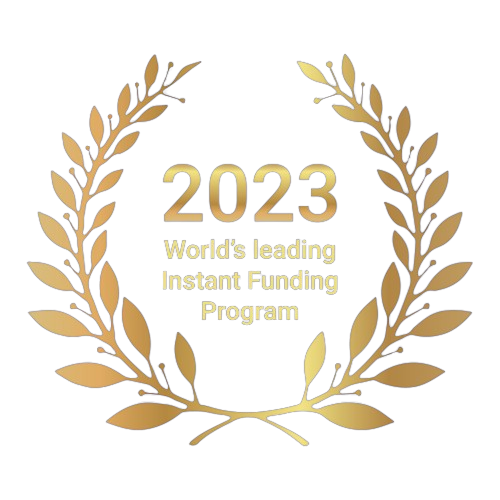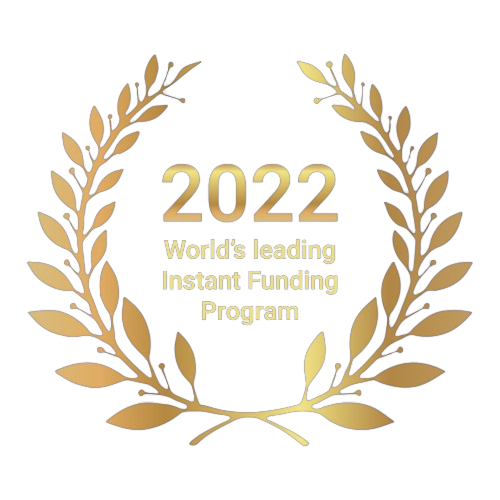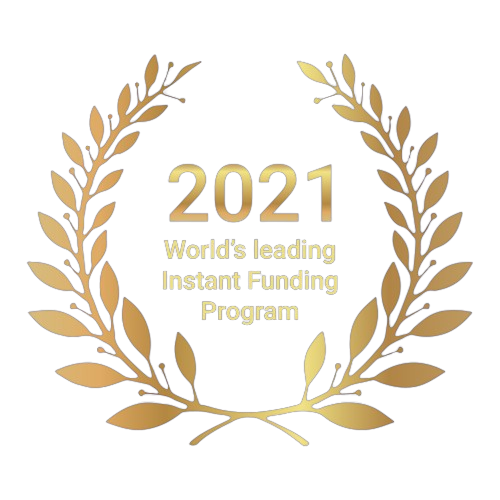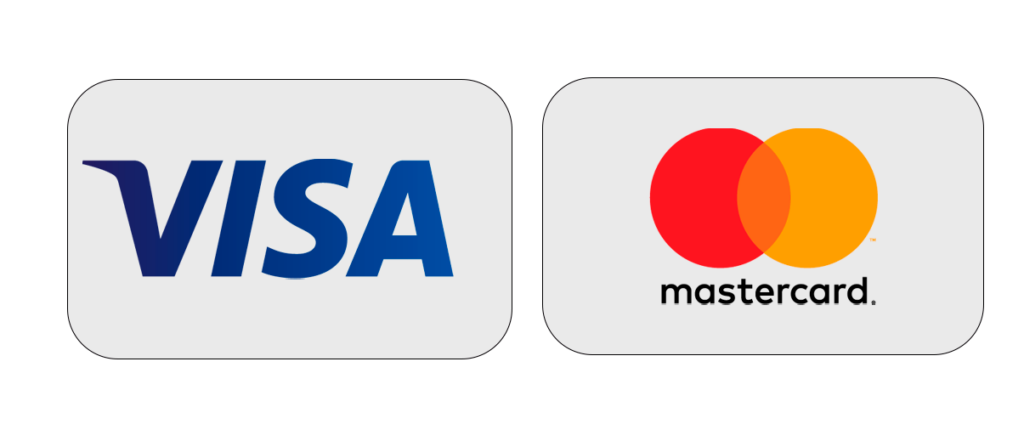The Pulse of Global Finance
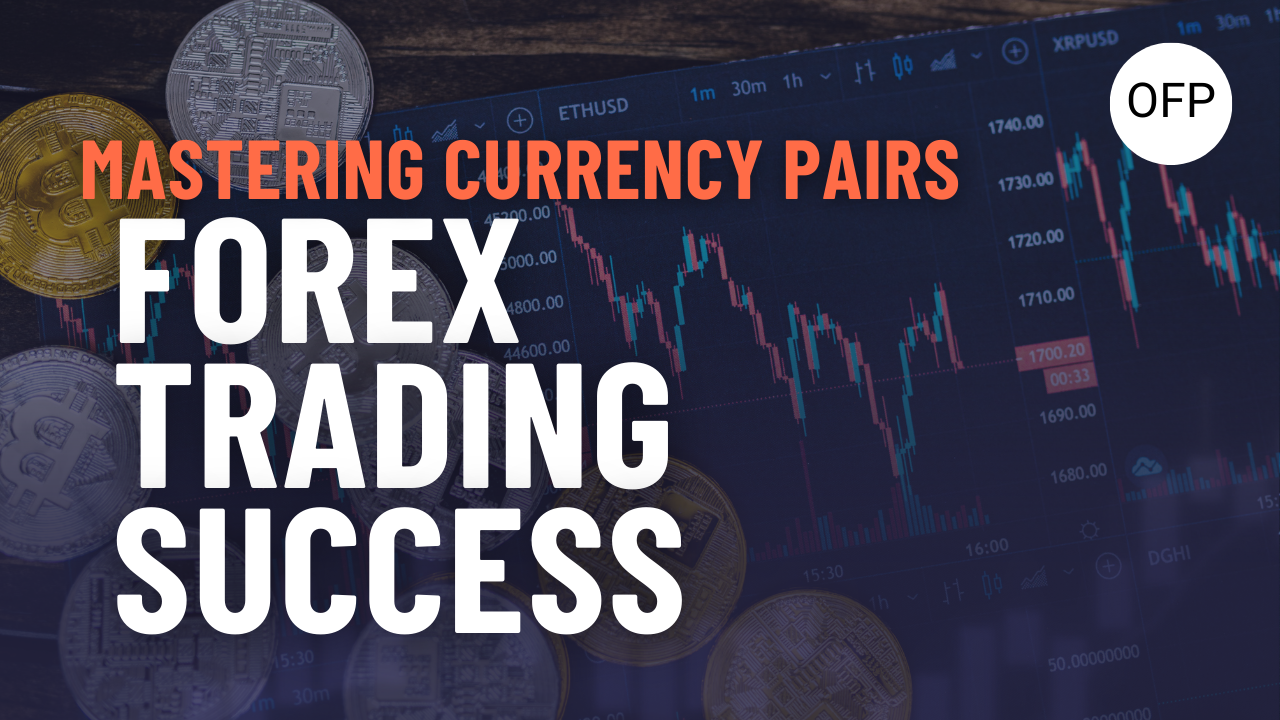
Trading currency pairs is at the heart of forex trading. Imagine having the power to influence the global economy by trading the very thing that keeps it alive—currency. But before you jump in, it’s crucial to understand the dynamics of currency pairs, how they work, and how you can harness their power to make informed trading decisions.
Table of Contents
1. Understanding Currency Pairs: The Basics
Currency pairs represent the value of one currency against another. In forex, you’ll often see them listed as EUR/USD, GBP/JPY, or USD/CHF. These pairs are divided into three categories:
- Major pairs (e.g., EUR/USD, GBP/USD): These include the most traded currencies globally, usually involving the USD.
- Minor pairs (e.g., EUR/GBP, AUD/JPY): These involve major currencies but without the USD.
- Exotic pairs (e.g., USD/TRY, EUR/SEK): These are less liquid and include a major currency paired with a currency from a developing economy.
Understanding these categories is essential, as each type of pair behaves differently in the market. Major pairs are typically more liquid and have lower spreads, making them popular among traders.
2. The Mechanics: How Currency Pairs Work
When trading a currency pair, you’re essentially buying one currency while selling another. For example, in the EUR/USD pair, if you believe the euro will strengthen against the dollar, you would buy the pair (go long). If you think the opposite, you would sell the pair (go short).
This buy/sell relationship is governed by the base currency (the first in the pair) and the quote currency (the second). The price you see for a currency pair, say 1.1200 for EUR/USD, means that 1 euro is worth 1.1200 US dollars.
3. Analyzing the Market: Technical and Fundamental Approaches
Successful forex traders use both technical and fundamental analysis to make informed decisions.
- Technical Analysis: This involves studying price charts, patterns, and indicators. Tools like moving averages, MACD, and Fibonacci retracements can help you predict future price movements based on historical data. For example, a trader might use the 50-day moving average to identify potential buy or sell opportunities.
- Fundamental Analysis: Here, traders focus on economic indicators, news releases, and geopolitical events that affect currency values. For instance, if the Federal Reserve hints at raising interest rates, the USD might strengthen, leading traders to sell pairs like EUR/USD.
Combining these approaches gives you a well-rounded view of the market, helping you to identify opportunities and avoid potential pitfalls.
4. Choosing the Right Currency Pairs
Not all currency pairs are created equal. Some pairs might offer more volatility, while others provide stability.
- For beginners, major pairs like EUR/USD or GBP/USD are often recommended because of their liquidity and tighter spreads.
- For experienced traders, exotic pairs can be attractive due to their potential for larger gains, though they come with higher risks.
5. Risk Management: Protecting Your Capital
Risk management is crucial in forex trading. It’s easy to get caught up in the excitement of trading, but without a solid plan, you’re exposing yourself to unnecessary risks.
- Stop-Loss Orders: Always set a stop-loss order to limit your losses on a trade. For example, if you buy EUR/USD at 1.1200, you might set a stop-loss at 1.1150 to cap your losses at 50 pips.
- Position Sizing: Determine how much of your capital you’re willing to risk on each trade. A common rule is to risk no more than 2% of your account balance on a single trade.
6. Real-World Application: Trading Strategies
Let’s explore a couple of popular strategies:
- Scalping: This strategy involves making multiple trades within a day, aiming to profit from small price changes. For example, a scalper might buy EUR/USD at 1.1200 and sell at 1.1205, making a quick profit of 5 pips.
- Swing Trading: Here, traders hold positions for several days or weeks, capitalizing on medium-term trends. For instance, if you anticipate that the USD will weaken over the next few weeks due to economic data, you might short USD/JPY and hold the position until your target is reached.
7. The Psychological Edge: Mastering Emotions
Trading is as much a psychological game as it is a technical one. Keeping your emotions in check—whether it’s fear, greed, or impatience—can make the difference between a winning and losing trader.
- Stay Disciplined: Stick to your trading plan. If you’ve set a stop-loss, don’t move it in the heat of the moment.
- Stay Educated: Continuously educate yourself. The forex market is dynamic, and staying informed about global events and market trends will keep you ahead.
8. Resources and Tools: Leveraging Technology
In today’s world, trading platforms and tools have become indispensable. Using advanced platforms like OFPFunding’s cTrader or Match-Trader can give you an edge with their intuitive interfaces, charting tools, and automated trading options. These platforms also provide access to real-time data, helping you make timely decisions.
9. Conclusion: Your Path to Forex Mastery
Trading currency pairs offers a gateway to the world of forex. By understanding the mechanics, mastering analysis, and maintaining discipline, you can navigate the market with confidence. Remember, the journey to becoming a successful trader is continuous, requiring patience, persistence, and a commitment to learning.
Explore more strategies and start your trading journey today with OFP Funding.

